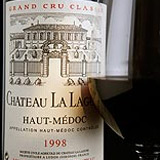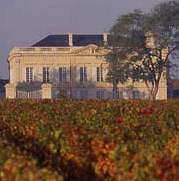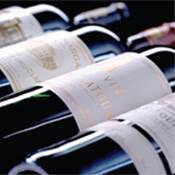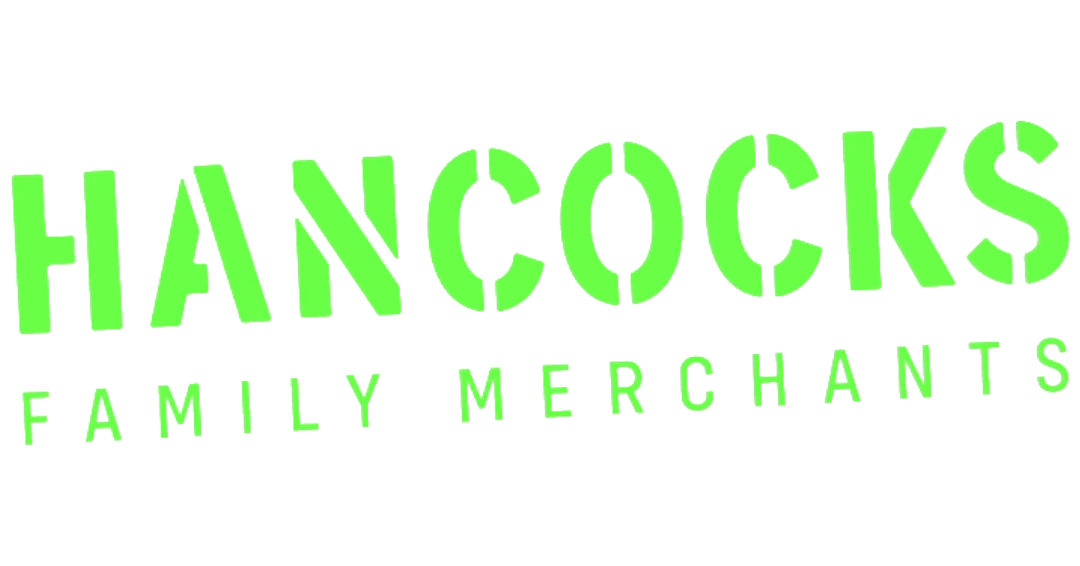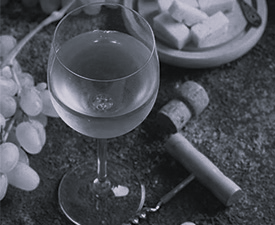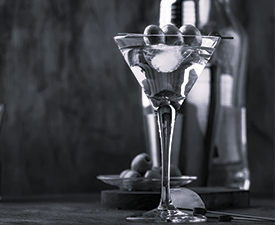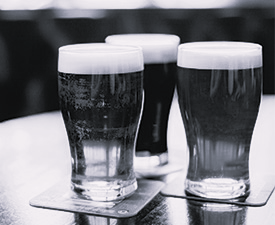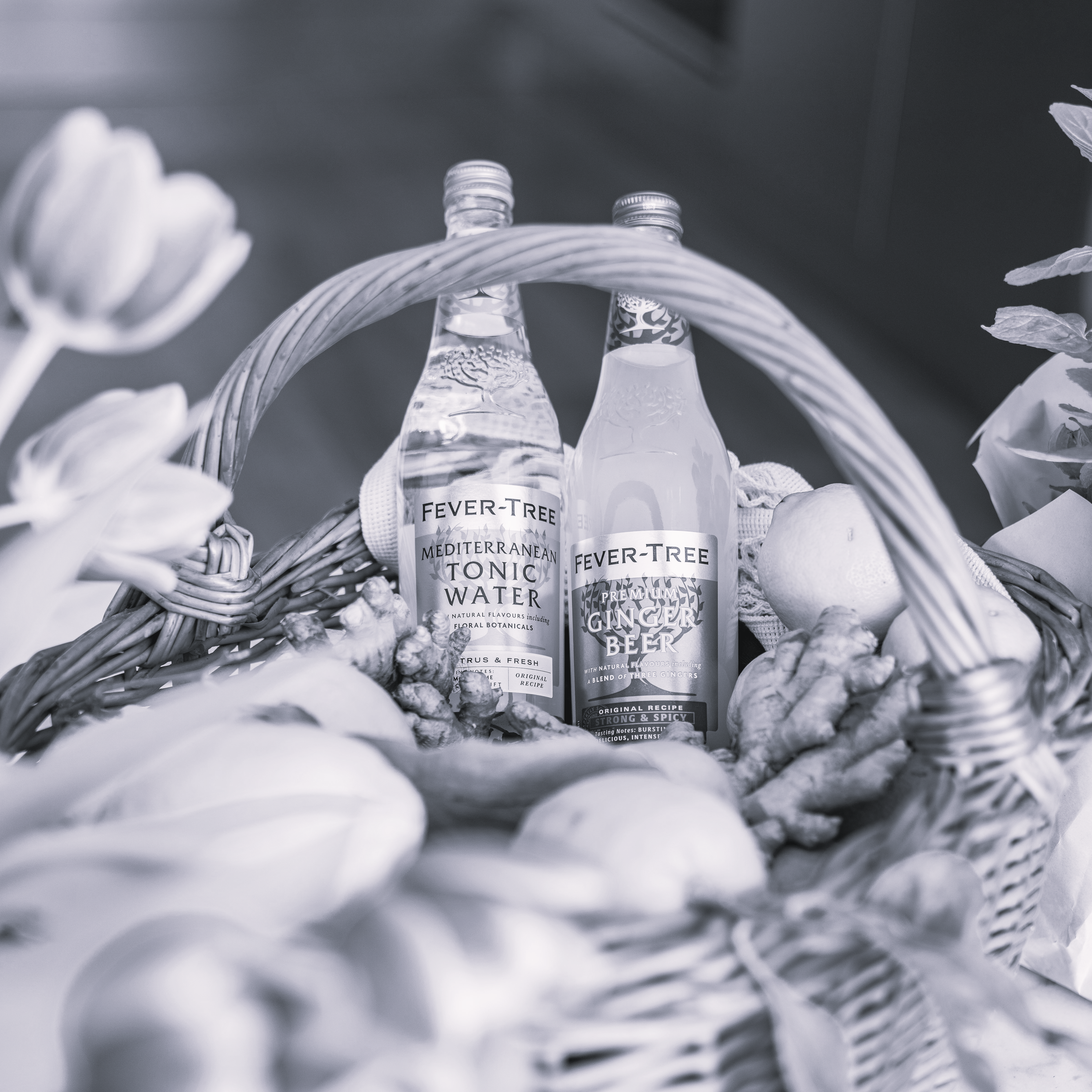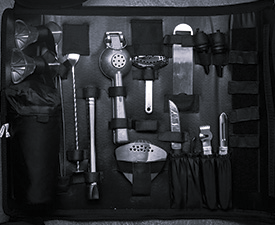Some wine consumers desire fancy labels, others relish what's inside the bottle. If you're in the second group, you'll find a lot to like about Bordeaux 'second-label' wines. Made primarily from younger vines and extra-production, second wines may cost a third the price of the same estate's primary wine, but they deliver good value and quality in their own right.
They come from the same vineyards, made by the same winemaker as the estate's first wine, second-label wines often capture the distinctive 'Terroir' of the Chateau. The chief difference is that they are made to drink without the need for cellaring.
Within the boundaries of a Chateau, there are differences in terroir: some areas have better soils, better exposure; some are planted with younger vines that yield lighter wines. Many grow up to four varieties; some do well in one year and some in another. Each variety is harvested, vinified separately, once aged, the winemaker tastes each to select the blending proportions, and it is during this process that second wines emerge.
Second wines in Bordeaux can be traced back to the 8th century but became commercially important in the 1980s when competition forced Chateaux to select grapes more rigorously. This means up to 50% of the grapes are discarded before they ripen so the vines concentrate their flavours and improve quality. By harvest, up to 25% of the crop may further be removed. Undergone such a selective process, it can be expected that even second wines will be very good.
In order to offer drinkable Bordeaux, establishments spend a fortune buying mature wine at auction, and then pass the cost on to their customers. Others sell what are currently on the market, even if the wines are still in need of aging. Result; customers drink unready Bordeaux or, customers choose a wine from elsewhere that ages faster. If you don't want to pay hundreds of dollars at auction - the alternative is investing in current vintages and ageing them for 15+ years. - Or you can enjoy a 'second label' wine.
